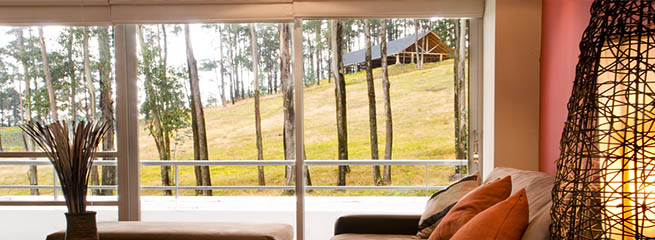Residential Design

R.O. Anderson’s architectural design services are utilized for a wide variety of residential and small commercial projects. When planning a new residence or an addition/remodel of an existing residence, professional design is often overlooked as the first step in a successful project. Our design process begins with the client interview to establish preferences relative to personality, lifestyle, stylistic desires, or any other special needs. Additionally, climatic conditions and physical setting considerations are incorporated into the siting and design concepts. We specialize in creating uniquely livable homes that reflect our client’s dreams, while also responding to construction and budget realities.
We provide design services for various residential projects including:
- Remodels and additions of all sizes
- Production housing
- Condominiums
- Unique custom homes
- Light commercial and industrial project elements ranging from sign monuments, entrance features and building facades
- Churches, retail, office and professional, municipal, educational, and community buildings
Our familiarity with local agencies, regulations and design standards, building codes, engineering standards, and development ordinances allows us to work efficiently through the approval process. The added advantage of in-house engineering services and ability to prepare structural documents makes R.O. Anderson a one stop shop for architectural and structural services.
Success Story
Prairie Residential Design Project Carson City, Nevada

The Problem:
Our residential designer was tasked with designing a “Prairie Style” home with architectural influences from Frank Lloyd Wright in the gated community of Carson Country Estates. The Owner requested the project be designed to compliment the natural topography with minimal disturbance and excavation, and take advantage of the unobstructed views of Job’s Peak.
The Solution:
The design contemplated a large single story home which features a detached garage connected by a breezeway. The plan steps several times to match the natural topography and fit the site with minimal land disturbance and excavation. It features high transom windows from every south facing room taking advantage of unobstructed views of Job’s Peak.
The Results:
This home was ultimately constructed and is comprised of three wings, with a total of four bedrooms and three baths in a 3,200 square foot building envelope. Multiple levels within the home minimized the amount of grading necessary, as changes in the foundation served as internal retaining walls, negating the need for large, visually obtrusive exterior retaining walls.
